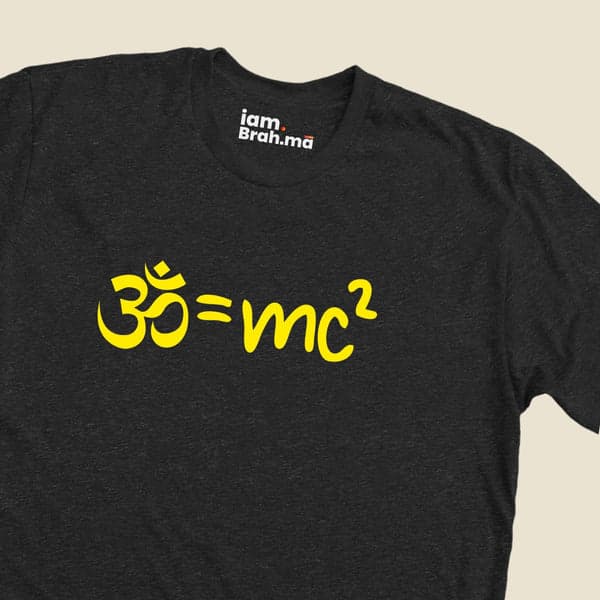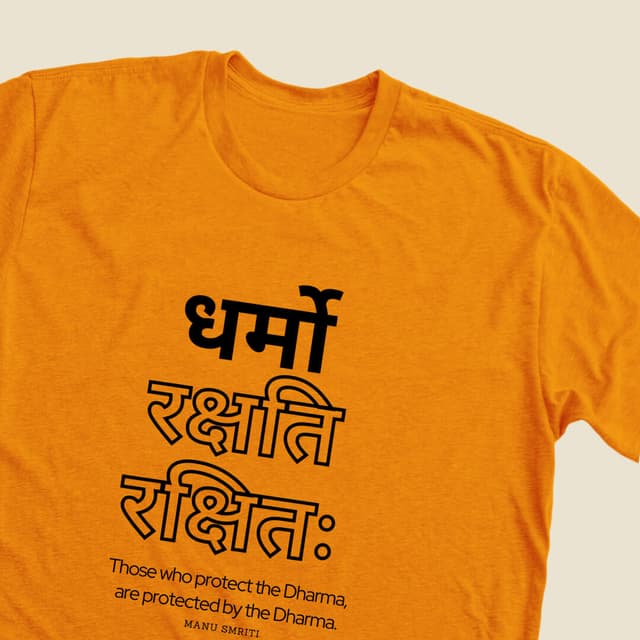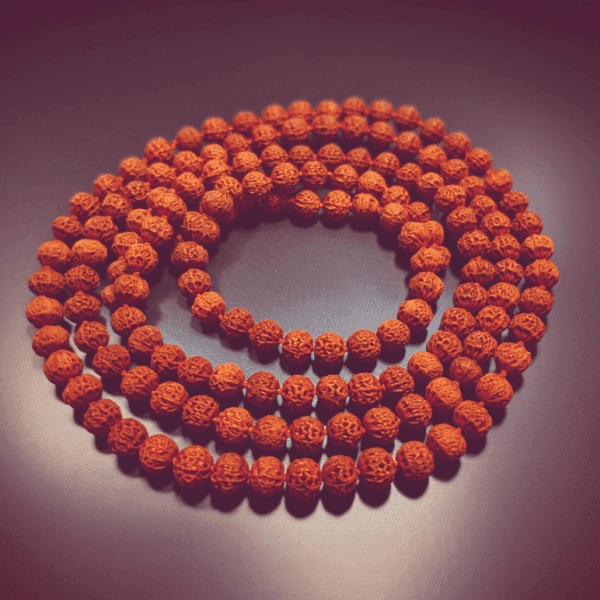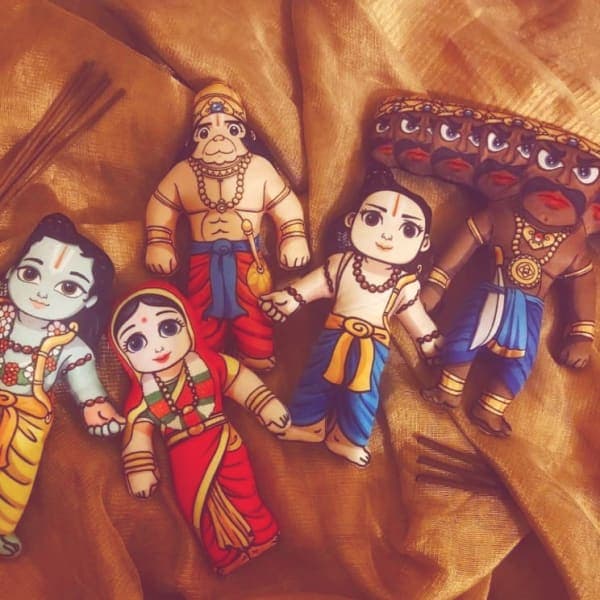Mumba Devi Mandir
,
Mumba Devi Mandir is a prominent Hindu temple located in the city of Mumbai, Maharashtra. The temple is dedicated to Maa Mumba, the patron deity of the city, and is one of the oldest and most revered temples in Mumbai. The temple is visited by thousands of devotees every day who come to seek the blessings of the goddess.
Legend/Story
According to Hindu mythology, the goddess Mumba is an incarnation of Shakti, the divine mother. It is believed that the original temple was built by the Koli fishermen community who were the original inhabitants of Mumbai. The temple was dedicated to Maa Mumba, who was the guardian deity of the fishermen and was believed to protect them from the dangers of the sea. Over time, the temple was renovated and rebuilt several times, and today it stands as a prominent landmark in Mumbai.
Architecture
The Mumba Devi Mandir is built in the traditional Indian style of architecture and is made of black stone. The temple has a spire-like structure and has a small courtyard in front. The main sanctum houses the idol of Maa Mumba, who is depicted as a woman with a golden nose ring, holding a sword in one hand and a shield in the other. The temple also has several smaller shrines dedicated to other Hindu deities.
Pooja Timing
The temple is open for darshan from 6:00 am to 10:00 pm. The priests perform regular puja and aarti during the morning and evening hours. The temple also conducts special poojas and homas on special occasions such as Navratri, Diwali, and Durga Puja.
Best time to visit
The Mumba Devi Mandir can be visited throughout the year. However, the best time to visit the temple is during the festival of Navratri, which falls in the month of September-October. The temple is beautifully decorated during the festival, and special poojas and homas are performed.
...




